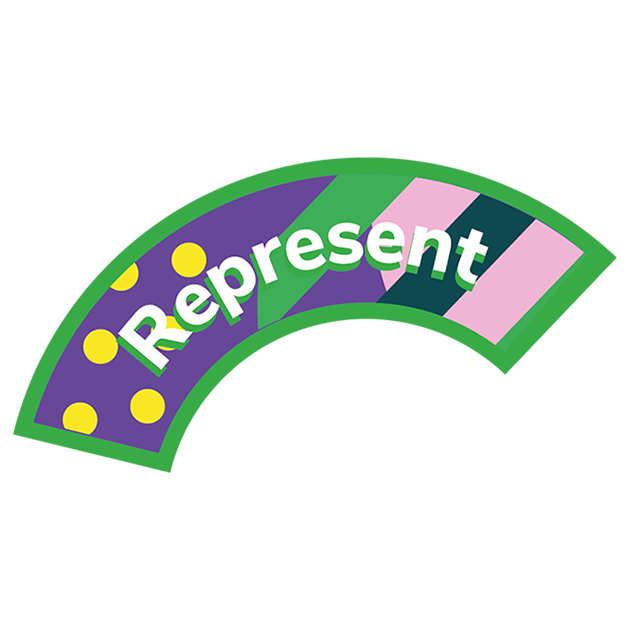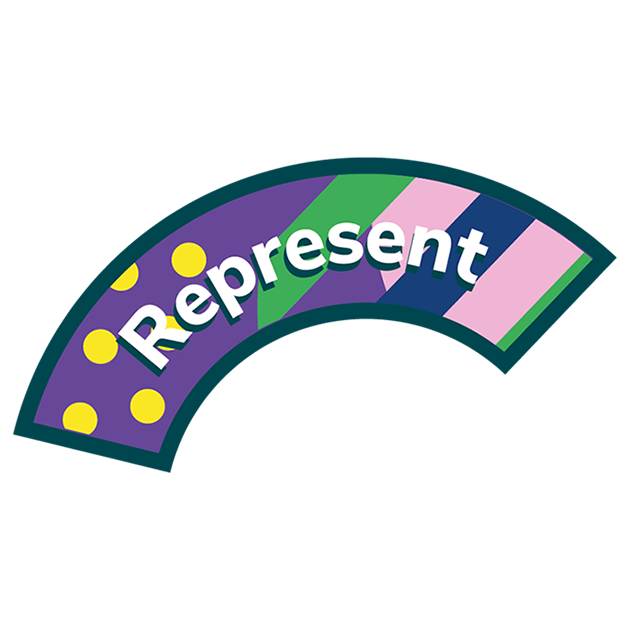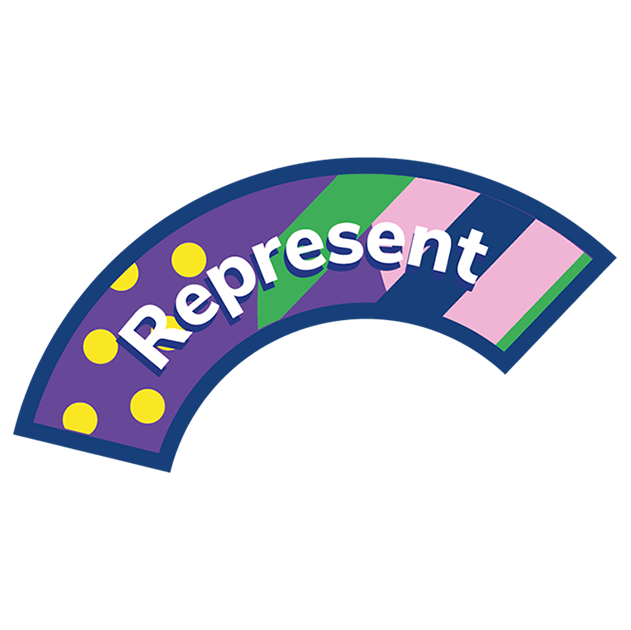
Chat for change
You’ll need
- Device with access to the internet
- Pens or pencils
- Scrap paper
Before you begin
- Use the safety checklist to help you plan and risk assess your activity. Additional help to carry out your risk assessment, including examples can be found here. Don’t forget to make sure all young people and adults involved in the activity know how to take part safely.
- Make sure you’ll have enough adult helpers. You may need some parents and carers to help if you’re short on helpers
Go online
- You take your meeting online if that's easier for the decision maker. Check out the advice on using Zoom and other popular digital platforms and the guidance on being safe online.
- You could split the activity over two sessions. Use the first one to plan 'What you want to see' and invite your guest to a future session.
- Make sure you set up your online meeting in advance and let your guest know the details like the time, which digital platform you're using and any codes or passwords they need to access the meeting.
What do you want to see?
- Gather everyone together in a circle. Explain that you're going to invite a local decision maker to talk to them about how we can make the community more accessible and inclusive.
- In small groups, everyone should think about changes they’d like to see that would make their community more accessible for disabled people. People should think about any examples of when their community hasn’t been as inclusive or accessible as it could be. What role could the decision-makers plan in making a positive change? For example, could they ask public buildings to make changes such as making sure they have ramps or turning music down? Could they raise awareness of a specific topic or issue? Could they ask a question in the Houses of Parliament to get support from decision makers across the UK?
- Come back together and talk through your ideas as a group.
- Before the session or during the session, everyone should research who their local decision makers are such as the local MPs, MSPs, AMs and councillors. They should make a note of their contact details. They work for you is a great place to start and find out who represents you in parliament.
- Now, as a group, get in touch with the decision makers you found. You could write an email or letter together, or an adult volunteer could invite them to join you in a meeting or in an online meeting. Remember to tell them you want to chat about making sure your community is as accessible as possible.
- Decision makers can be very busy, too. Rather than sending them one date and time, you could let them know when you usually meet and ask them to choose a date that works for them. For example, if you meet on Tuesdays at 6pm, you could ask if there's a Tuesday at 6pm that works for them.
On the day
- The person leading the session should start the meeting and welcome everyone. Ask the group to welcome the decision makers and help them to feel welcome and comfortable. You could go round and say names, before the decision maker introduces themselves and what they do.
- Everyone could play their part in introducing the topic. It’s up to you how you do this - you could adapt an activity to play that highlights the changes that could be made, such as Spot the difference.
- Now, people should take the opportunity to tell the decision makers about everything they’ve learned about being accessible and inclusive.
- Then, some people could chat about what changes can be made. Everyone should take the chance to tell the decision makers about areas of their community that aren’t accessible at the moment, and ask any questions they have.
- Before the end of the session, someone should ask the local decision maker whether they’ll commit to take action to create a more accessible and inclusive community.
- You could ask them if they'd like to write down a pledge and hold it up for a photo, or would they record a video message explaining what they’ve seen at the event and what they’re going to do? There are plenty more suggestions in the ‘Meeting MPs guide'.
- Everyone should thank the decision makers for their time.
- An adult volunteer should make sure the local decision maker knows how to get in contact with the group and to keep in touch if any changes are made.

This activity helps contribute towards some of the UN's Sustainable Development Goals. Find out more about the SDGs, and how Scouts across the world are getting involved.

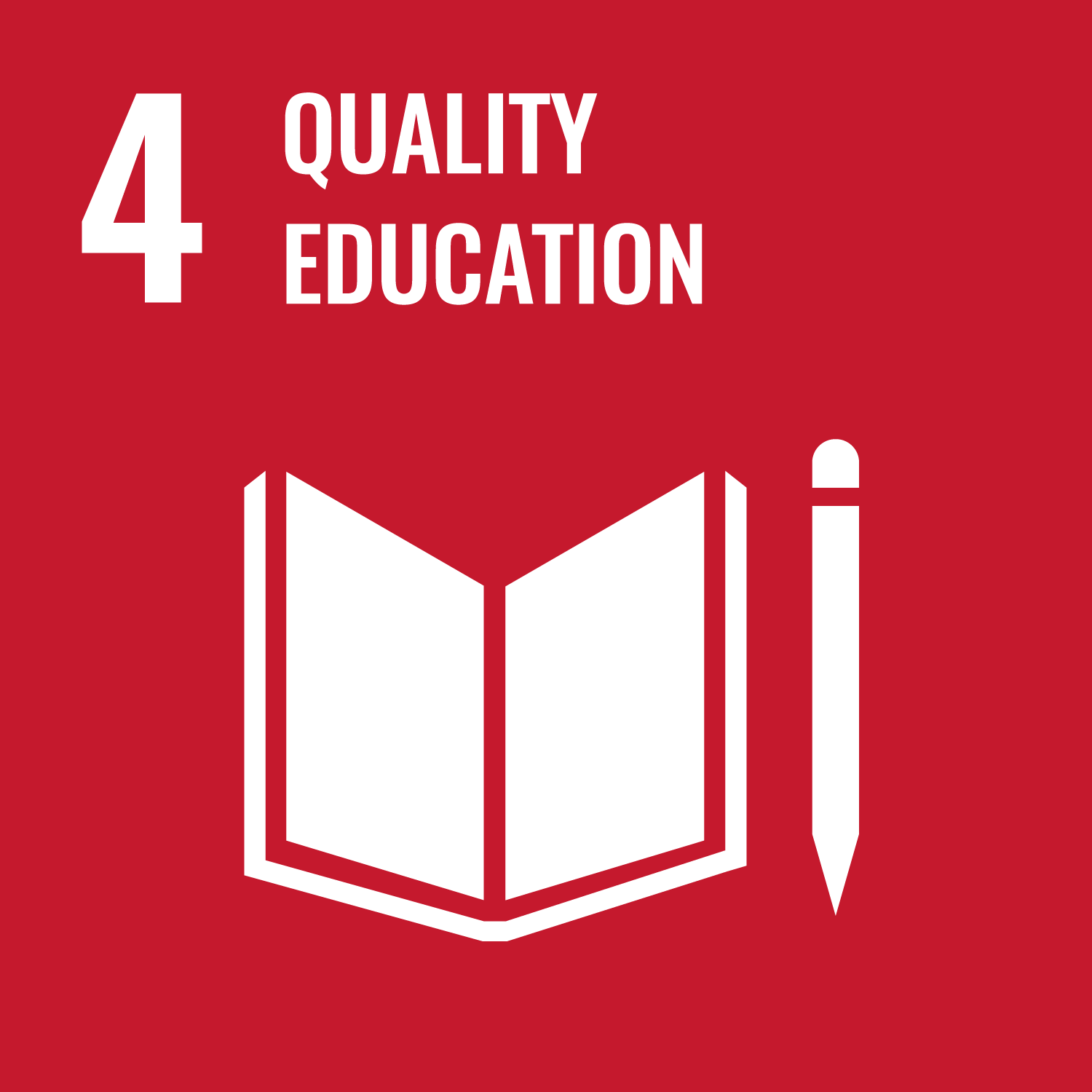
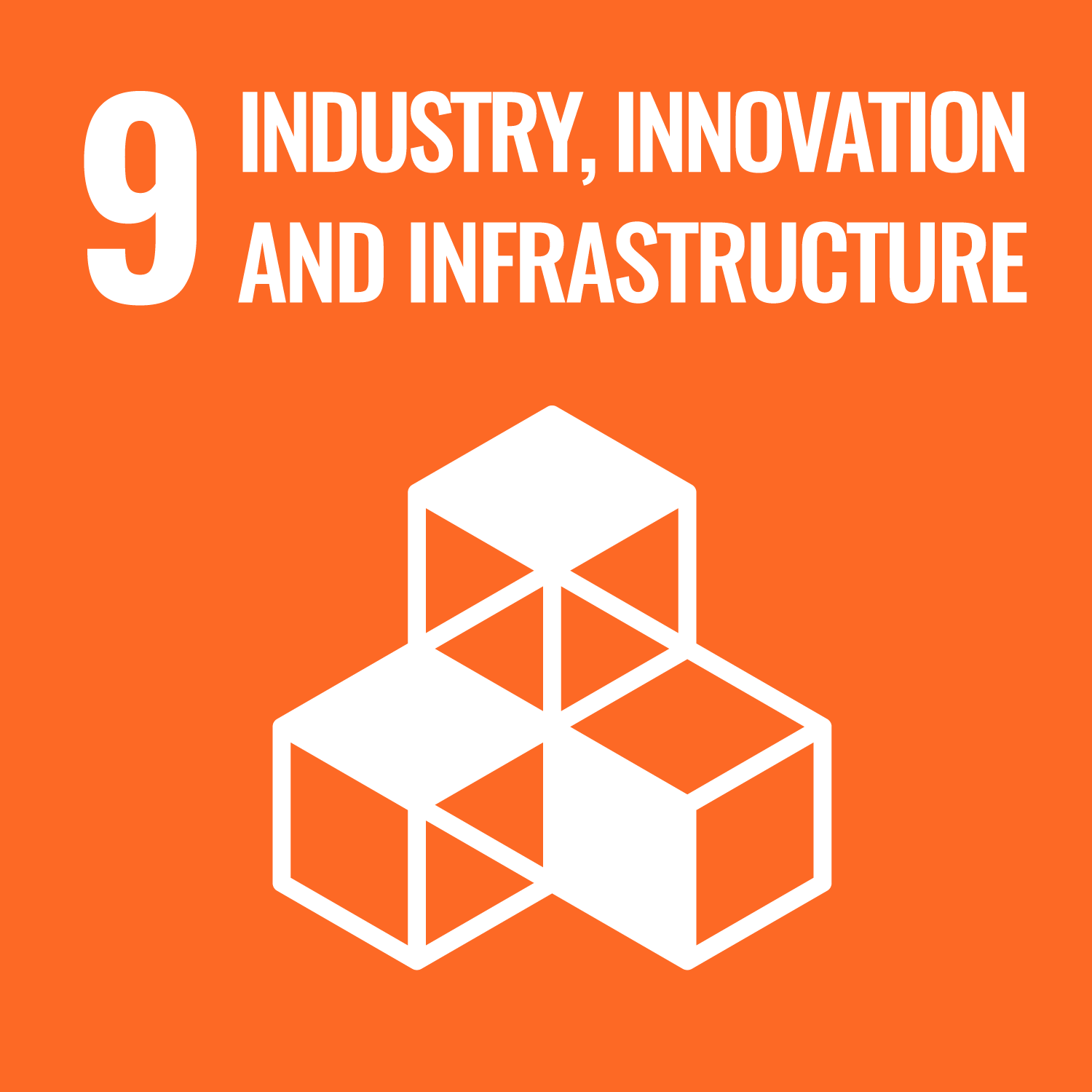


Reflection
This activity was all about helping the community. How did it feel to influence a decision maker? What impact will the changes you asked the decision makers to influence have?
What else could decision makers do to reduce the challenges disabled people face? People could think about ways in which people are excluded from education or employment, for example.
This activity also gave people a chance to be a great leader. What makes a decision maker a good leader? A good leader listens to others and makes changes based on what’s right.
Do you think decision makers have a responsibility to do something about the difficulties disabled people have? Influencing a decision maker uses a lot of the same skills as leadership, for example, being able to get your voice heard, stand up for what’s right, and listen to others.
Safety
All activities must be safely managed. You must complete a thorough risk assessment and take appropriate steps to reduce risk. Use the safety checklist to help you plan and risk assess your activity. Always get approval for the activity, and have suitable supervision and an InTouch process.
- Online safety
Supervise young people when they’re online and give them advice about staying safe. Take a look at our online safety or bullying guidance. The NSPCC offers more advice and guidance, too. If you want to know more about specific social networks and games, Childnet has information and safety tips for apps. You can also report anything that’s worried you online to the Child Exploitation and Online Protection Command. As always, if you’ve got concerns about a young person’s welfare, including their online experiences, follow the Yellow Card to make a report.
Try to contact all your local councillors and meet them together. It may be tricky to arrange, but you’ll make a huge impact.
Work together to think of questions and ideas in advance, so anyone who’s not sure about speaking to the decision makers can still have their say.
All Scout activities should be inclusive and accessible.
Why not see if you can arrange another meeting in a few months’ time to see if they’ve kept up with their commitments they made? If they’ve started to work on making your community more accessible, don’t forget to say thank you.

